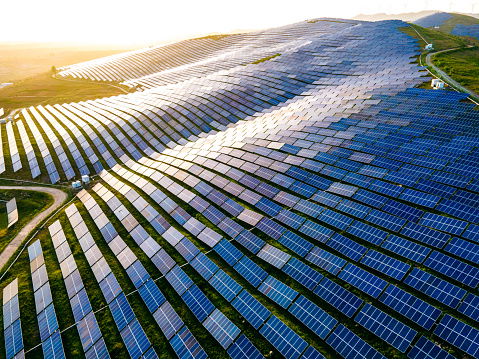The Final Steps of Solar Panel Installation

Before you turn on your solar panels, the final inspection must take place. Your inspector will come to your home to make sure everything is properly installed. If you have solar panels, you may have to purchase a net meter to track production. A net meter will allow you to send excess power back to the grid when it is not used. Ensure that your solar panel installation meets all necessary requirements to avoid any trouble during the final inspection.
If you are unsure of how to proceed, the installer will give you an overview of what to do next. Install mounting rails. The mounting rails are placed on the rafters of the roof. Make sure to align them with the mounting holes on the solar panels. The spacing between the mounting holes is listed on the panel spec sheet. Install flashings on the top and bottom rails, alternating between the top and bottom rail. Distribute the flashing evenly across the rafters. This way, the weight of the array will be spread evenly over all the rafters. Hire a professional solar installer at this link. These individuals know everything about solar energy and the installation process. They can help you maximize the return on your investment.
A professional can properly position the panels, ensure system safety, and help you get the most from your new solar energy system. Moreover, a professional installer is more likely to be licensed and reputable. Before you hire a solar installer, check their license with your state electrical board. When you find a solar installer, you can get a free quote to discuss the options available. Once the installer is approved, the paperwork process starts. Your installer will place an order with the primary distributor and get your solar panels installed. This step can take anywhere from a week to two months, depending on the time it takes to complete all of the paperwork. If you're in a hurry, consider asking your installer to come back as soon as they receive your paperwork. If your installer is able to come within a month, you can expect your solar panel installation to be completed within a week or two. See this product for more details! Before the installation begins, an engineer will evaluate the roof structure and electrical panel for compatibility.
A professional solar installer will be able to recommend the best design for your home based on your home's unique characteristics. During the installation, you should work closely with your solar installer to address any potential obstacles. Then, your installer will submit the design to your local government for permitting. This process may vary by region, but you should discuss the requirements and regulations with your installer. To know more about solar, visit this website at https://www.dictionary.com/browse/solar-power. Before you begin your solar panel installation project, you should carefully consider your needs and the incentives offered by your local government and utility.
Federal incentives for solar energy include government rebates and solar renewable energy certificates. The rules vary by state and area, but typically, you can install solar panels on your entire roof. Some states allow you to install solar panels on your entire roof, while others require that you leave 3 feet of clear space around the panels. To get the most out of your investment, you should contact a solar engineering company to discuss your project's specific requirements.
